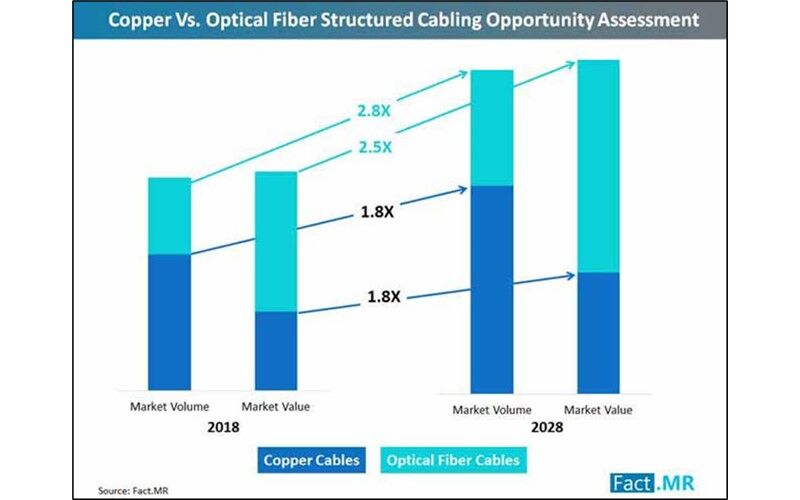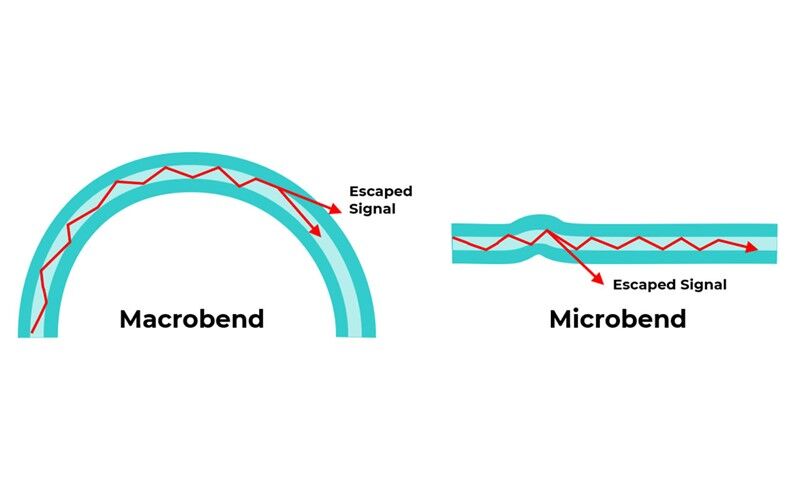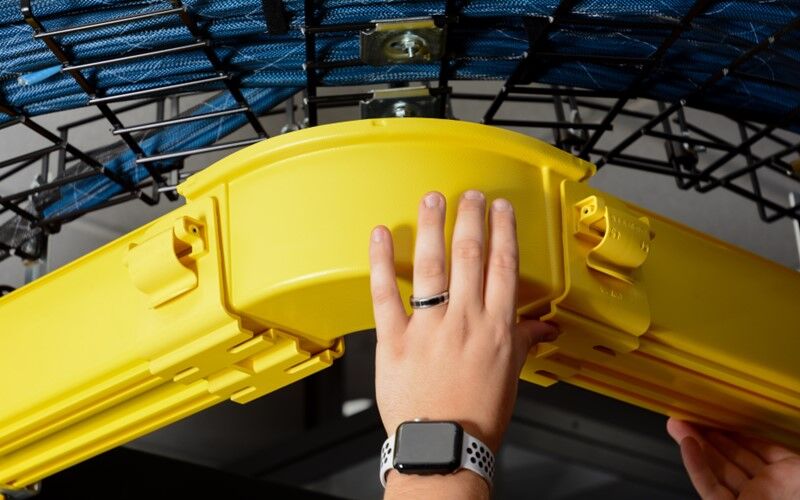
The number of optical fiber links between switches, storage area network (SANs), and equipment continue to rise in data center environments due to increasing data and bandwidth needs. As connections between core, SAN, interconnection, and access switches push to 50, 100, 200 or higher gigabit per second (Gb/s) speeds and require low-latency transmission to effectively manage larger volumes of data, fiber is emerging as the dominant media type for data center infrastructure. As the flexibility, scalability, and higher bandwidth offered by fiber continues to lead to the replacement of copper cables across the data center, market volume for fiber is expected to increase at a rate of more than one and a half times that of copper in the years ahead.
As a data center manager, the challenge of routing and segregating increasing amounts of fiber from network distribution to SANs and server areas is always prevalent. You need to ensure those routes maintain fiber protection and cost-effectively facilitate change so that you can confirm optimal performance, uptime, and scalability in your data center.
The Need for Effective Fiber Optic Protection
Fiber is sensitive to stress, and it is imperative to maintain proper bend radius of fiber cable along its entire route-both during and after installation. The bend radius of a cable is the amount of bending the cable can handle before sustaining damage or signal loss that can limit bandwidth performance. When a fiber cable is bent beyond its minimum bend radius, light signals carrying data can leak out at the bend location. Maintaining proper bend radius becomes an even greater concern for higher-speed data center applications that have more stringent fiber loss requirements. Consider that 10 Gb/s Multimode applications have a maximum channel insertion loss of 2.9 dB, while higher-speed, 40, 100, 200, and 400 Gb/s applications have a maximum loss of just 1.9 dB.
The minimum bend radius of fiber cable depends on its diameter, overall construction, and whether or not it’s under tension (i.e., during installation). Generally speaking, the standard minimum bend radius for fiber is 20 times the cable diameter under tension and 10 times the diameter after installation. Maintaining the minimum bend radius can be especially difficult when routing fibers through cable managers in higher-density, tight spaces within racks and cabinets. While newer bend-insensitive fiber that is less susceptible to performance loss from bending can ease the burden by offering a greater bend radius of 15 times the diameter under tension, you still need to pay close attention to bend radius throughout all pathways to achieve maximum performance. Best practice to avoid problems is to select fiber routing systems, cable managers, and connectivity solutions with integrated bend radius protection throughout.

The physical bends that occur in a fiber cable are referred to as macrobends, but they are not the only bends you need to worry about. Small microbends in the fiber caused by pressure on the cable can also cause signal loss. Over time, these microbends can cause the glass to crack and render the fiber completely dark with no ability to pass any light signals, leading to downtime and additional time and money required to locate and repair the break.
One of the primary causes for microbends is fiber cable resting on a pressure point such as a basket tray rung, hard edge, or other nonconforming surface or transition points. They can also be caused by weight from other cables, which can occur from overloading pathways beyond recommended capacity. Cable routing systems specifically designed for fiber with flat surfaces and no hard edges at transition points go a long way to preventing microbends while also providing a more secure environment.
To prevent the overloading of pathways, you also want to make sure your routing system has plenty of capacity and can be easily updated to support more as your data center grows.
An additional benefit of fiber routing systems over traditional solutions such as wire ducting or basket tray is the additional security and fire protection offered. It’s important than when selecting a solution, that you opt for a halogen-free option, this will provide additional peace of mind that if the worst were to happen that your infrastructure and employees will have maximum protection.
Changing Technology Demands Additional Flexibility and Scalability
With transmission speeds and the number of data center fiber links on the rise, it is also important that your data center’s fiber routing system makes it easy to access the entire route, allowing the addition of new fiber or replacing existing fiber to support new applications. At the same time, the increasing complexity of the overall data center environment may have you facing some additional challenges when it comes to routing fiber between critical areas and equipment.
As new technology and applications emerge and data centers become highly virtualized, switch-fabric mesh architectures (i.e., spine-leaf) that support low-latency networking also mean multiple redundant paths to connect every switch to every other switch. The dynamic nature of highly virtualized data center environments doesn’t just mean more fiber; it also means more fiber routed to more spaces and more equipment. If you’re dealing with a large data center environment segregated into multiple interconnected switch fabrics, you likely know just how complicated fiber routes can be.

Maintaining and managing diverse fiber paths in these complex, highly dynamic environments demands routing systems that are flexible and scalable by design to enable reconfiguring existing routes or adding new routes easily and quickly. When it comes to reconfiguring or adding to a routing system, it’s also better to avoid tool-based connections that require drilling and screws as they require more time and incur further labor costs, as well as creating additional dust and debris which is best avoided in these critical environments.






